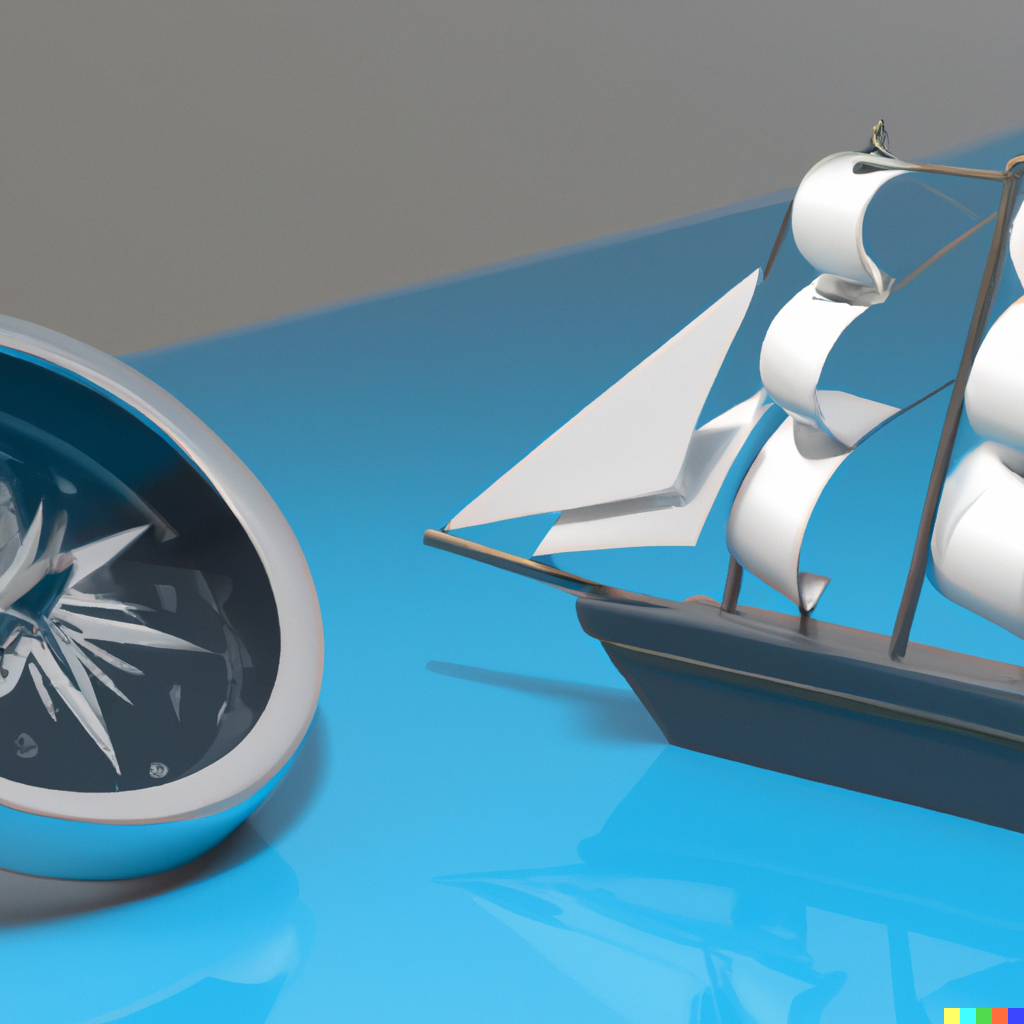This article explores the latest advancements and trends in marine technology, or MarineTech, highlighting how innovations such as autonomous underwater vehicles (AUVs), marine renewable energy, advanced sonar systems, marine robotics, and sustainable fishing practices are revolutionizing ocean exploration, resource utilization, and environmental conservation. By examining these cutting-edge developments, the article underscores the crucial role MarineTech plays in addressing global challenges like climate change and food security, ensuring the sustainable use of our oceans for future generations.
Marine technology, often referred to as MarineTech, is a rapidly evolving field that encompasses the tools, techniques, and processes used to explore, exploit, and preserve our oceans. From autonomous underwater vehicles (AUVs) to advanced sonar systems and sustainable energy solutions, the advancements in MarineTech are revolutionizing our understanding and utilization of marine resources. This blog delves into the latest innovations and trends in marine technology, highlighting their impact on various sectors and the future of ocean exploration.
Autonomous Underwater Vehicles (AUVs)
AUVs are one of the most significant breakthroughs in marine technology. These self-operating submersibles are designed to perform tasks without human intervention, making them invaluable for deep-sea exploration, environmental monitoring, and underwater inspections. Key advancements in AUV technology include:
- Enhanced Navigation Systems: Modern AUVs are equipped with sophisticated GPS and inertial navigation systems, allowing precise maneuvering and mapping of the ocean floor.
- Advanced Sensors: High-resolution cameras, sonar, and LiDAR sensors enable AUVs to capture detailed images and data, crucial for scientific research and resource exploration.
- Extended Battery Life: Innovations in battery technology have significantly increased the operational range and duration of AUVs, making long-term missions feasible.
Marine Renewable Energy
The push for sustainable energy sources has led to significant investments in marine renewable energy. Technologies harnessing the power of tides, waves, and ocean currents are becoming more efficient and economically viable. Some promising developments include:
- Tidal Energy: Tidal turbines and barrages are being deployed in various coastal regions to capture the kinetic energy of tidal movements, providing a reliable and predictable source of electricity.
- Wave Energy: Devices like oscillating water columns and point absorbers convert the energy from surface waves into electrical power, offering a vast potential for clean energy generation.
- Ocean Thermal Energy Conversion (OTEC): OTEC systems exploit the temperature difference between warm surface water and cold deep water to generate electricity, offering a continuous power supply in tropical regions.
Advanced Sonar Systems
Sonar technology is crucial for navigation, communication, and detection in underwater environments. Recent advancements in sonar systems have improved their accuracy, range, and applications:
- High-Resolution Imaging Sonar: These systems provide detailed images of underwater objects and terrain, aiding in archaeological explorations, wreck discoveries, and habitat mapping.
- Synthetic Aperture Sonar (SAS): SAS technology enhances the resolution and range of traditional sonar systems, enabling the detection of smaller objects and finer details.
- Environmental Monitoring: Sonar systems are increasingly used to monitor marine life, track migratory patterns, and study the impact of human activities on ocean ecosystems.
Marine Robotics and Automation
The integration of robotics and automation in marine technology is transforming various industries, from shipping to offshore drilling. Key innovations include:
- Robotic Inspection and Maintenance: Underwater robots equipped with cameras and manipulator arms can inspect and repair underwater infrastructure, reducing the need for costly and dangerous human dives.
- Automated Shipping: Autonomous ships and drone fleets are being developed to optimize cargo transport, reduce operational costs, and minimize environmental impact.
- Deep-Sea Mining: Robotic systems are being designed to extract valuable minerals from the ocean floor, potentially unlocking new resources while minimizing environmental disruption.
Sustainable Fishing Practices
The overexploitation of marine resources has led to the decline of many fish populations. Marine technology is playing a crucial role in promoting sustainable fishing practices:
- Fish Tracking and Monitoring: Satellite tags and acoustic transmitters are used to track the movements of fish populations, providing valuable data for managing fisheries and protecting endangered species.
- Bycatch Reduction Technologies: Innovations such as selective fishing gear and real-time monitoring systems help reduce bycatch, ensuring that non-target species are not inadvertently caught.
- Aquaculture Advancements: Sustainable aquaculture practices, supported by automated feeding systems and water quality monitoring, are being developed to meet the growing demand for seafood without depleting wild stocks.
Conclusion
The advancements in marine technology are opening up new frontiers in ocean exploration, resource utilization, and environmental conservation. As we continue to innovate and push the boundaries of what is possible, MarineTech will play a pivotal role in addressing some of the most pressing challenges of our time, from climate change to food security. By embracing these technologies, we can ensure the sustainable and responsible use of our oceans for future generations.
Whether you are a marine scientist, an industry professional, or simply an enthusiast, staying informed about the latest trends and innovations in marine technology is crucial. The future of our oceans depends on our ability to harness these advancements and apply them in ways that benefit both humanity and the environment.
